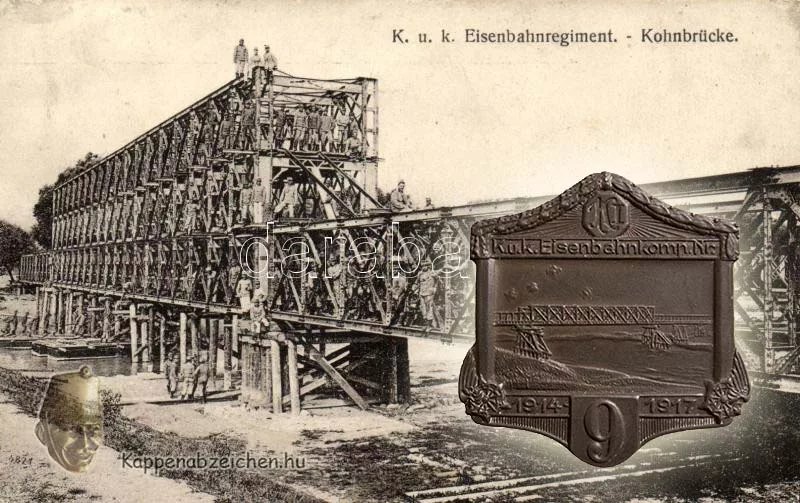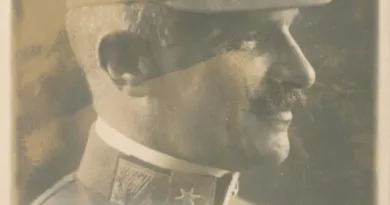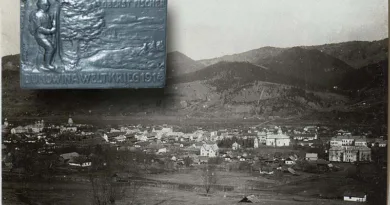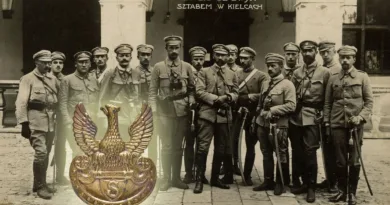Railway regiment
There were two main means of troop transport in the Great War. Soldiers marched on foot for a shorter distance on the battlefield. The materials, larger tools, and weapons were mainly transported by carts with “national vehicles”. In the longer distances, the means of transport was the railway. Primarily. the railway lines built in peacetime were used by the armed forces. Frontline railway lines were also established near the fronts, especially during the trenchwar period.
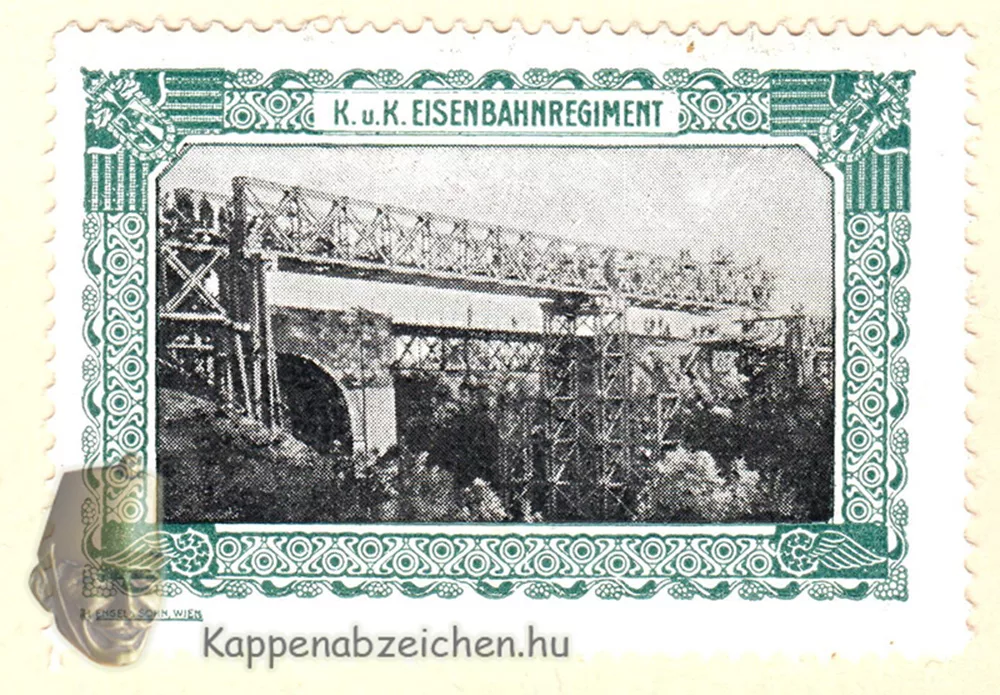
The railway regiment dealt with the reparation of the lines in the operational area, and the regular maintenance of the railway track. This can be seen on the badge, the postcard and letter seal attached to the post. On each of them we see a picture of a restored bridge (Uniform “Kohnbridge”). Pioneers also dealt with this task, but only for smaller objects. Before the war, the railway regiment was mainly used in disaster relief, for example to repair damage caused by floods. In 1914, the Monarchy had 28 railway companies within the railway regiment. Each had 269 personnel. The command of the regiment was in Kroneuburg, the staff came from the entire territory of the Monarchy.
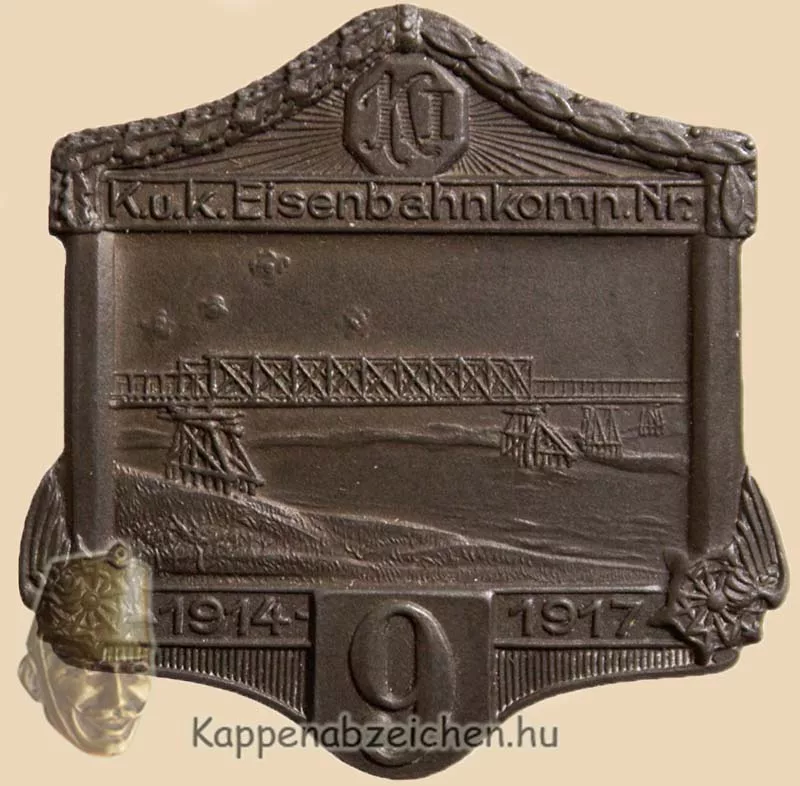
The increased task of the Great War meant an increased burden, so 12 new railway companies were organized in the railway regiment. After the Italian entry into the war, this troop was also responsible for the construction and operation of the wire rope courses used in high mountain conditions. The railway regiment also built and operated 32 field railways operating near the front line.

